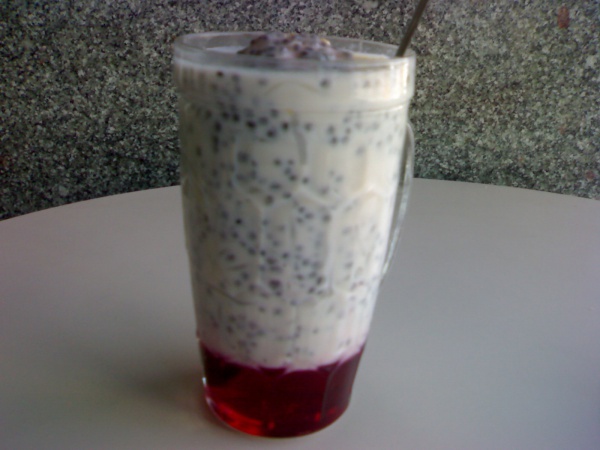Facts About Falooda
Falooda is a cherished Indian dessert, perfect for cooling off on a hot day. This sweet treat is made with a delightful mix of noodles, rose syrup, sweet basil seeds, and milk, often crowned with a scoop of ice cream. The noodles, or vermicelli, in falooda can be made from ingredients like wheat, arrowroot, cornstarch, or sago.
The origins of falooda trace back to Iran (formerly Persia), where a similar dessert called faloodeh was savored. It made its way to India during the medieval period, brought by Muslim merchants and dynasties between the 16th and 18th centuries. The Mughal Empire played a significant role in developing the falooda we know today, from where it spread across regions. Now, it's an integral part of Pakistani, Bangladeshi, Sri Lankan, and Indian cultures, frequently featured at special events and celebrations.
Interestingly, in everyday Hindustani language, "falooda" is sometimes used metaphorically to describe something that's been shredded, much like the dessert's vermicelli noodles.
Falooda isn't limited to just one recipe; it boasts many regional variations. Unique takes on this dessert can be found in countries like Myanmar, Bangladesh, Malaysia, Singapore, Thailand, Iraq, Mauritius, and South Africa, incorporating ingredients such as grass jelly, pandan extract, sago pearls, creamed coconut, or mango. In some regions, you'll find drinks that are akin to falooda, such as bandung in Malaysia and Singapore, nam maenglak in Thailand, and bubble tea in East Asia.

 Laos
Laos